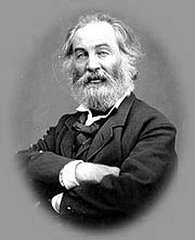Sunday, August 7, 2022
18th Harvard Studies & John Quincy Adams
Saturday, August 6, 2022
John Quincy Adams - One of our Finest!
In March 1843, Adams visited the Washington, D.C., studio of Haas for a portrait sitting, becoming the first U.S. President to have his likeness captured through the new medium of photography. This sitting took place nearly 15 years after Adams had served as the nation’s sixth President (1825–1829). At the time, he was serving in Congress as a U.S. Representative from Massachusetts.
Adams meticulously maintained a diary from 1779 until his death in 1848. He noted in his diary the taking of this portrait session in March 1843. He wrote that he walked to the photographer Haas’ studio at 9 o’clock in the morning “my hands in woolen lined gloves bitterly pinched with cold. Found Horace Everett [U.S. Congressman from Vermont’s third district] there for the same purpose of being facsimiled. Haas took him once, and then with his consent took me three times, the second of which he said was very good—for the operation is delicate: subject to many imperceptible accidents, and fails at least twice out of three times.
Adams' diary writing was begun at the urging of his father, John Adams. He urged his son to keep a journal of "the events that happen to me, and of object that I see, and of characters that I converse with from day to day." What a great prompt for a journal. It obviously inspired Quincy Adams for he started in 1779 at the age of 12 and continued for the rest of his life. On the front of the first journal, a small sheaf of papers bound by a string was written "JOURNAL BY ME." As he progressed Adams later bought five-hundred-page hard-bound volumes. By the end of his life, he had filled up 51!
Below is a cleaned up version of his portrait that can be found in the Metropolitan Museum of Art.







